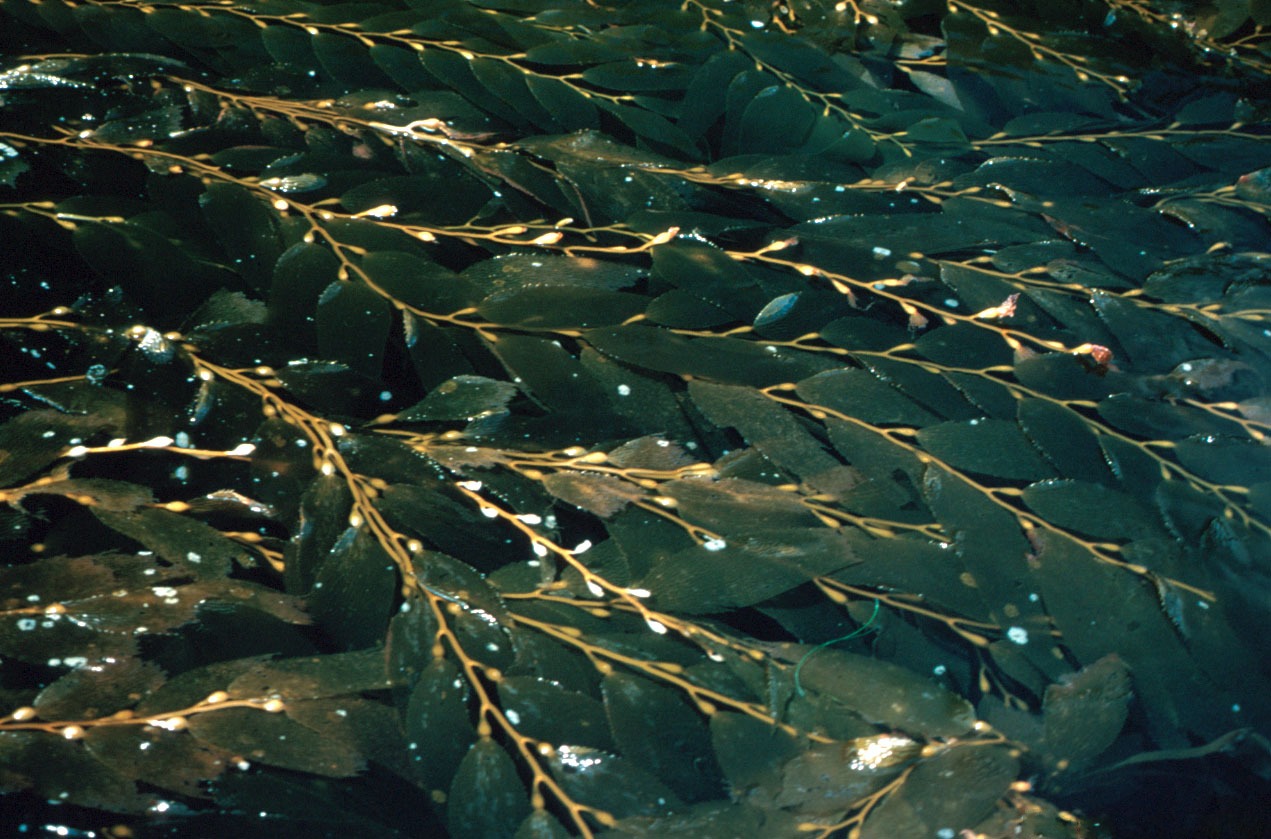pneumatocysts on:
[Wikipedia]
[Google]
[Amazon]
 In
In 
 In
In phycology
Phycology () is the scientific study of algae. Also known as algology, phycology is a branch of life science.
Algae are important as primary producers in aquatic ecosystems. Most algae are eukaryotic, photosynthetic organisms that live in a w ...
, a pneumatocyst is a floating structure that contains gas found on brown
Brown is a color. It can be considered a composite color, but it is mainly a darker shade of orange. In the CMYK color model used in printing or painting, brown is usually made by combining the colors orange and black. In the RGB color model used ...
seaweed
Seaweed, or macroalgae, refers to thousands of species of macroscopic, multicellular, marine algae. The term includes some types of '' Rhodophyta'' (red), ''Phaeophyta'' (brown) and ''Chlorophyta'' (green) macroalgae. Seaweed species such as ...
. A seaweed's thallus
Thallus (plural: thalli), from Latinized Greek (), meaning "a green shoot" or "twig", is the vegetative tissue of some organisms in diverse groups such as algae, fungi, some liverworts, lichens, and the Myxogastria. Many of these organisms wer ...
may have more than one. They provide buoyancy
Buoyancy (), or upthrust, is an upward force exerted by a fluid that opposes the weight of a partially or fully immersed object. In a column of fluid, pressure increases with depth as a result of the weight of the overlying fluid. Thus the p ...
to lift the blades toward the surface, allowing them to receive more sunlight for photosynthesis
Photosynthesis is a process used by plants and other organisms to convert light energy into chemical energy that, through cellular respiration, can later be released to fuel the organism's activities. Some of this chemical energy is stored i ...
.
The proportion of gases in the pneumatocysts varies depending on the physiological status of the alga and the partial pressure of gases in the surrounding air or water. The pneumatocyst can hold O2, CO2, N2, and CO.

References
Further reading
Brown algae {{Phaeophyceae-stub